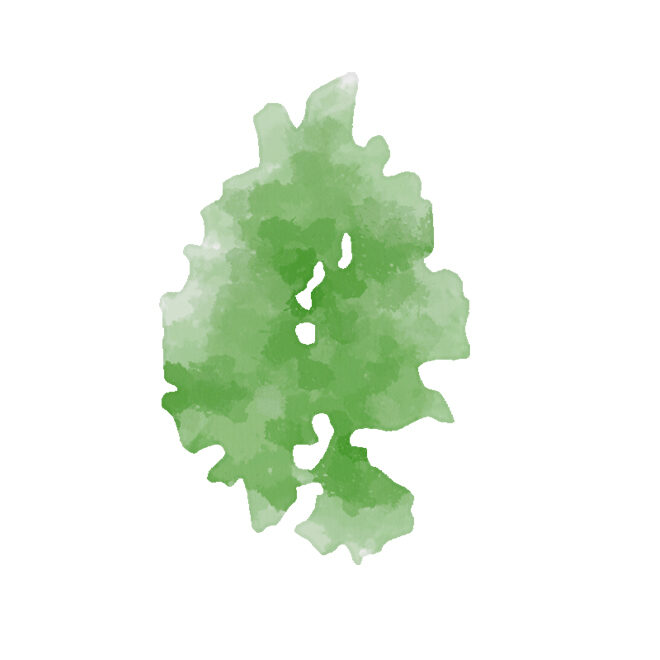Basic information of Seaweed

The general term for seaweeds in the Ulvales order, Ulvaceae family (green algae), commonly includes Enteromorpha (Ulva pertusa) as a widely used species. The Ulva species are characterized by a body composed of a two-cell-layer thick membrane, generally exhibiting a vibrant green color. They are often processed into products such as furikake seaweed seasoning.
It contains a balanced mix of nutrients, including dietary fiber, proteins, minerals, Vitamin A (β-carotene), and the Vitamin B complex. It is particularly rich in magnesium, known for its potential to improve the condition of Type 2 diabetes, making its content among the highest in seaweeds.
| Per 100g | Energy kcal |
Protein g |
Fat g |
Carbohydrates g |
Dietary Fiber g |
Salt Equivalen g |
|---|---|---|---|---|---|---|
| Aosa (Sun-dried) |
201 | 22.1 | 0.6 | 41.7 | 29.1 | 9.9 |
There are about 30 species of Ulva (sea lettuce) worldwide, and in Japan, softer varieties like Ulva pertusa are commonly consumed. Recently, this type of sea lettuce has also been used as an ingredient in seaweed salads. In English, it’s called “sea lettuce,” and in countries like the Philippines and Malaysia, it’s eaten in soups or as a salad.